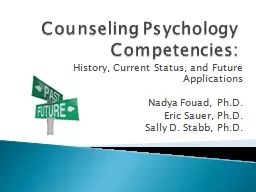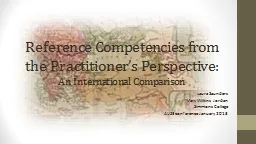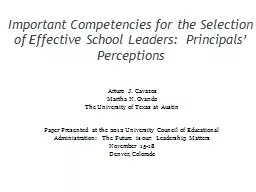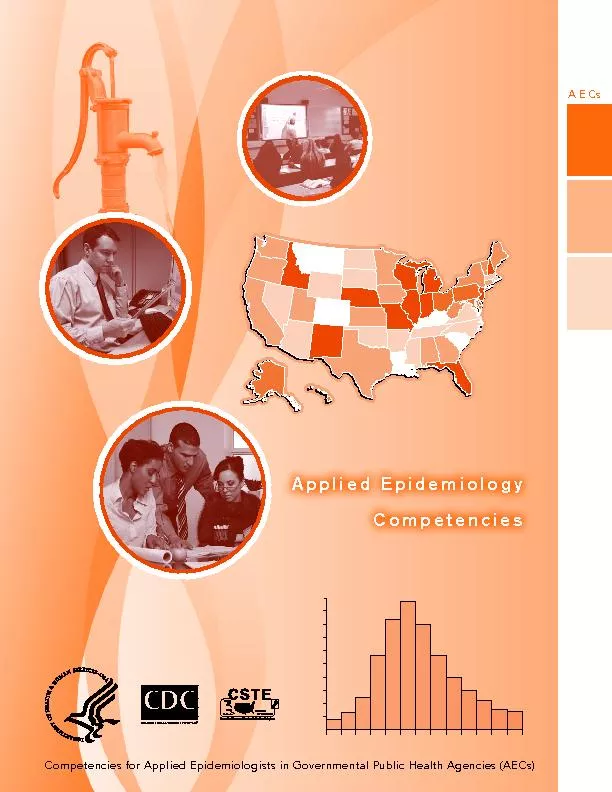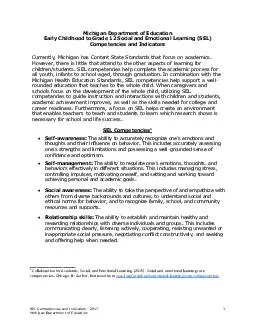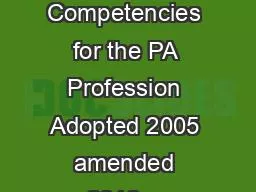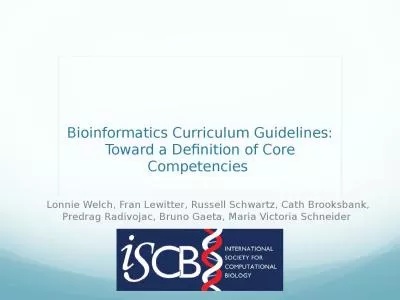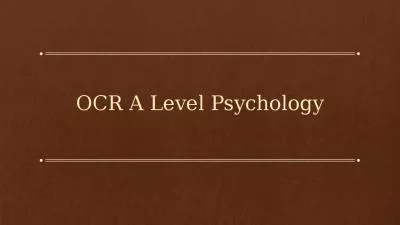PPT-Counseling Psychology Competencies:
Author : pasty-toler | Published Date : 2018-10-23
History Current Status and Future Applications Nadya Fouad PhD Eric Sauer PhD Sally D Stabb PhD History Sally D Stabb PhD Texas Womans University Early History
Presentation Embed Code
Download Presentation
Download Presentation The PPT/PDF document "Counseling Psychology Competencies:" is the property of its rightful owner. Permission is granted to download and print the materials on this website for personal, non-commercial use only, and to display it on your personal computer provided you do not modify the materials and that you retain all copyright notices contained in the materials. By downloading content from our website, you accept the terms of this agreement.
Counseling Psychology Competencies:: Transcript
Download Rules Of Document
"Counseling Psychology Competencies:"The content belongs to its owner. You may download and print it for personal use, without modification, and keep all copyright notices. By downloading, you agree to these terms.
Related Documents

